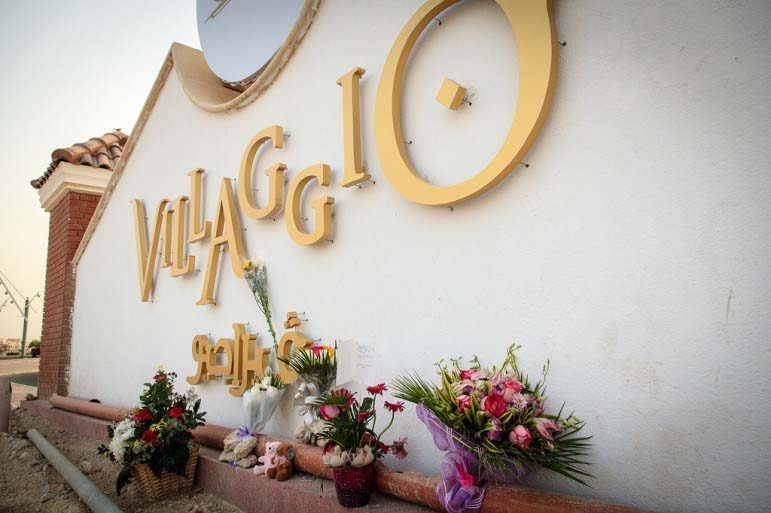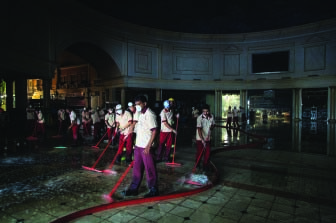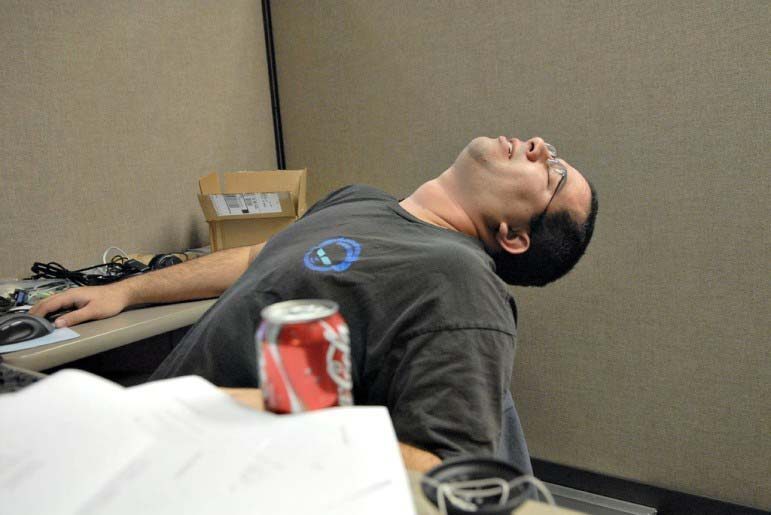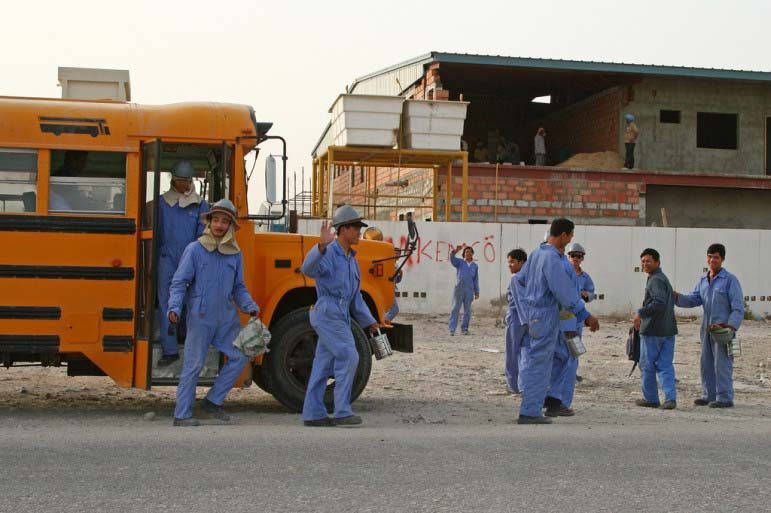
Omar Chatriwala
Villaggio Mall
Qatar’s judicial system is holding the wrong people responsible for the deaths of those killed in the 2012 Villaggio Mall fire, a defense attorney argued yesterday in one of the last appeal hearings for the five people convicted after the blaze.
The fire, which began in a sports store, killed 19 people who were trapped in an upstairs nursery at the time.
Speaking in Qatar’s Court of Appeal yesterday, the attorney said employees working at Nike, where the fire originated, should have been held criminally accountable.
The lawyer also blamed Civil Defense firefighters for shutting doors to the mall while there were still people inside, which he argued contributed to the deaths of the 13 children, four employees and two firefighters who suffocated inside the daycare.
“They closed the doors … (allowing) the smoke to reach Gympanzee and the lungs of the children,” the lawyer said. “It should now be clear to the court who the real murderers are.”
The attorney represents Villaggio chairman Abdul Aziz Mohammed Al-Rabban, who was convicted of involuntary manslaughter in June 2013 along with the mall’s manager and Gympanzee’s co-owners.

Omar Chatriwala
The scene inside Villaggio following the fire.
All were sentenced to six years in prison, but remain free pending the outcome of the appeal.
A fifth defendant, a municipal government employee, was convicted of forgery for renewing Gympanzee’s permit without visiting the premise in person and faces five years in prison.
While his guilty verdict was read out along with those of the other four individuals, yesterday’s hearing was the first time that the specific offense under which he was convicted was mentioned.
Closing arguments
Al-Rabban’s defense attorney spent approximately five hours delivering his closing arguments yesterday, during which he asserted that the prosecutor’s office rushed its investigation.
His tactics did not sit well with at least one parent who attended yesterday’s hearing.
“It is quite frustrating how the defense lawyer continues to make a mockery out of court, joking around inappropriately and wasting time. Additionally, what’s absurd is for him to the pin the blame on the Nike store employee,” Raghda Kabbani – who lost her three-year-old daughter Hana in the fire – told Doha News.
During the hearing, the lawyer also raised questions about his client’s legal ties to Villaggio.
He saidAl-Rabban does not own any shares in the shopping center and is not a partner in the company that actually owns the mall, but declined to elaborate further.

Villaggioqatar.com
Villaggio Mall continues to list Abdul Aziz Mohammed Al-Rabban as one of its key executives.
“It’s not my job to prove who my client is. This is the job of the prosecutor.”
However, Al-Rabban is still listed as the mall’s chairman and one of the “key members of the Villaggio team” on the shopping center’s website.
The lawyer also accused a Civil Defense witness of committing perjury by testifying during the criminal trial that the pump connected to the mall’s fire suppression system was not working. That officer subsequently changed his assessment during an appeal hearing to conclude that it was not working “optimally.”
For his part, the prosecutor repeated the closing arguments that he presented during the lower court hearing, reviewing evidence and testimony that he said linked the defendants’ actions to the victims’ deaths.
This included reports that found Villaggio’s decorations contained toxic and flammable material and allegations that the mall’s fire suppression system was not working properly.
These arguments are also contained in a separate civil lawsuit filed in Qatar and the US late last month that accuses the mall’s architects, developers, consultants and management firm of making “numerous fatal mistakes.”
The prosecutor also repeated evidence that he said suggested Gympanzee was operating as a nursery, rather than a daycare.
The distinction matters, parents have previously told Doha News, because Civil Defense officials would have known children were inside if it was a properly licensed nursery and would have worked to get them out quickly.

Shabina Khatri
Court of Appeal
Firefighters have said they did not initially know that the mall had a nursery or that children were trapped inside.
The prosecutor said he stood by not charging the Nike store employee, explaining that he was questioned as part of the investigation. However, no evidence of criminal wrongdoing was found, he added.
Still, in March, the appeal court heard that the Nike store lacked the proper safety permits.
The prosecutor ended by asking the judge to uphold the criminal court’s verdict. That message was later echoed by a lawyer representing some of the victim’s families, but he added that Nike – either the local franchise or the parent company itself – should also have been charged.
The next hearing is scheduled for June 15, when the defense lawyers for the other four convicted individuals are expected to give their closing arguments.
Thoughts?
(The post Qatar court hears closing arguments in Villaggio Mall fire appeal is from Doha News.)


















































































